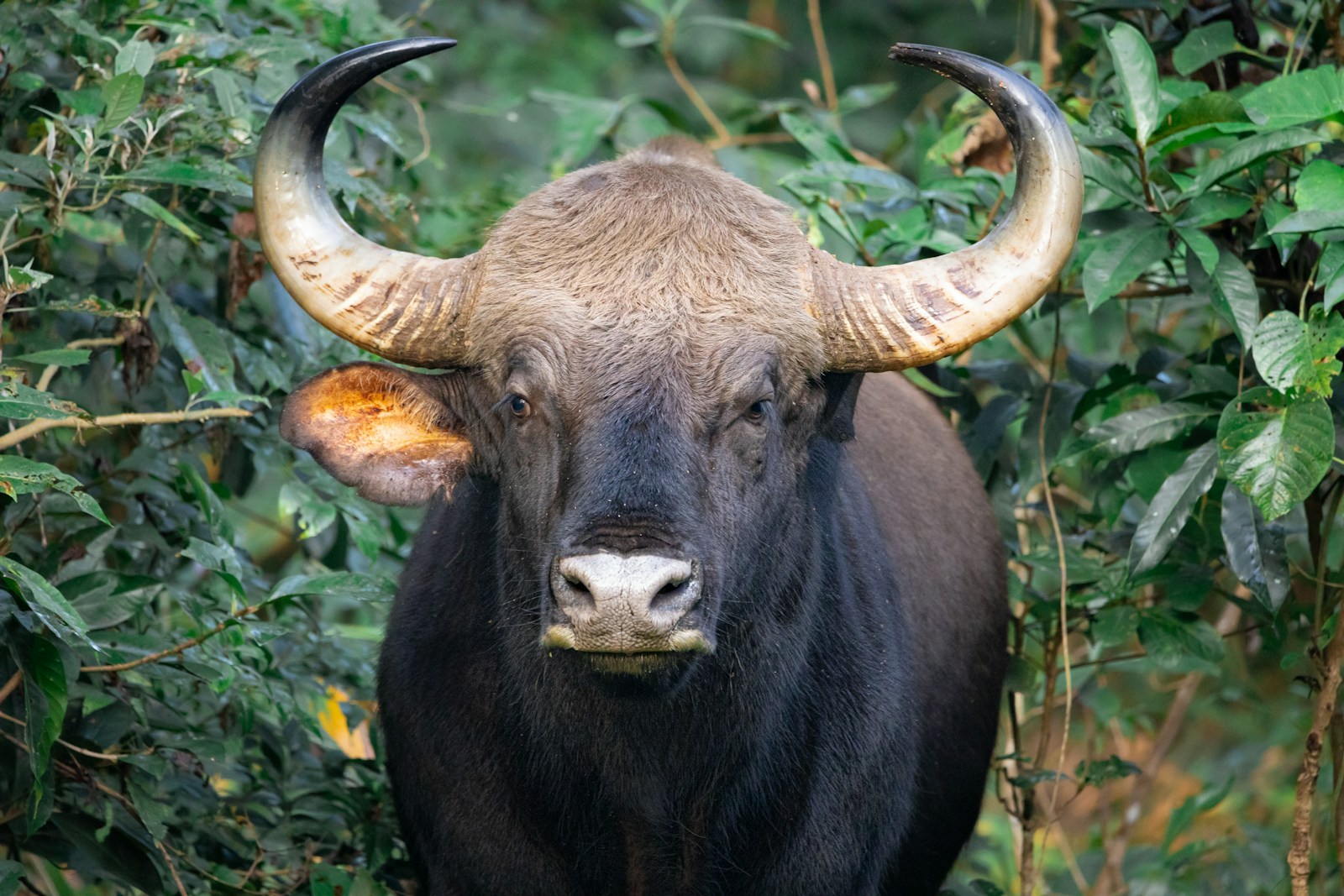America’s iconic bison once faced complete annihilation, with populations plummeting from tens of millions to fewer than 1,000 animals by the late 1800s. This catastrophic decline represents one of the most dramatic wildlife collapses in North American history. Yet today, approximately 500,000 bison roam across public and private lands—a remarkable conservation success story built upon groundbreaking legal protections, dedicated advocacy, and innovative management strategies. The path from near-extinction to recovery offers powerful lessons about how legal frameworks can reverse seemingly hopeless wildlife declines and restore keystone species to their ecological roles.
The Great Decimation: Understanding What Brought Bison to the Brink
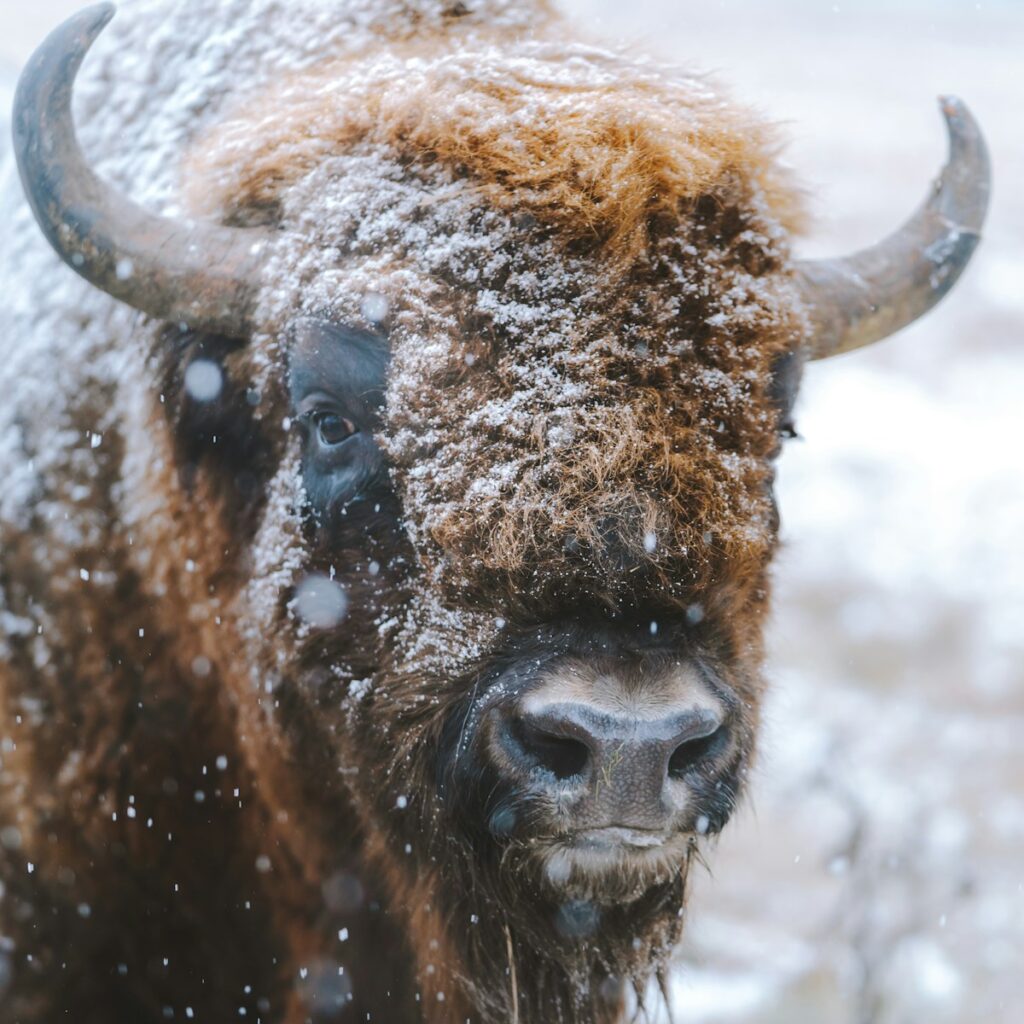
Before European settlement, an estimated 30-60 million bison thundered across North America’s plains in vast herds that shaped the landscape itself. By 1889, fewer than 1,000 individuals remained—a staggering 99.99% population collapse that occurred in just a few decades. This catastrophic decline resulted from a perfect storm of commercial hunting, government-sponsored extermination campaigns targeting Indigenous food sources, habitat loss, and unregulated market hunting that saw millions of bison killed solely for their hides. The near-extinction event represented not just an ecological disaster but a culturally devastating blow to Indigenous peoples whose lifeways were intimately connected to bison for thousands of years. Without swift intervention, the species would have disappeared entirely from the wild, representing what would have been one of America’s most shameful wildlife extinctions.
Early Conservation Efforts: The First Protective Measures
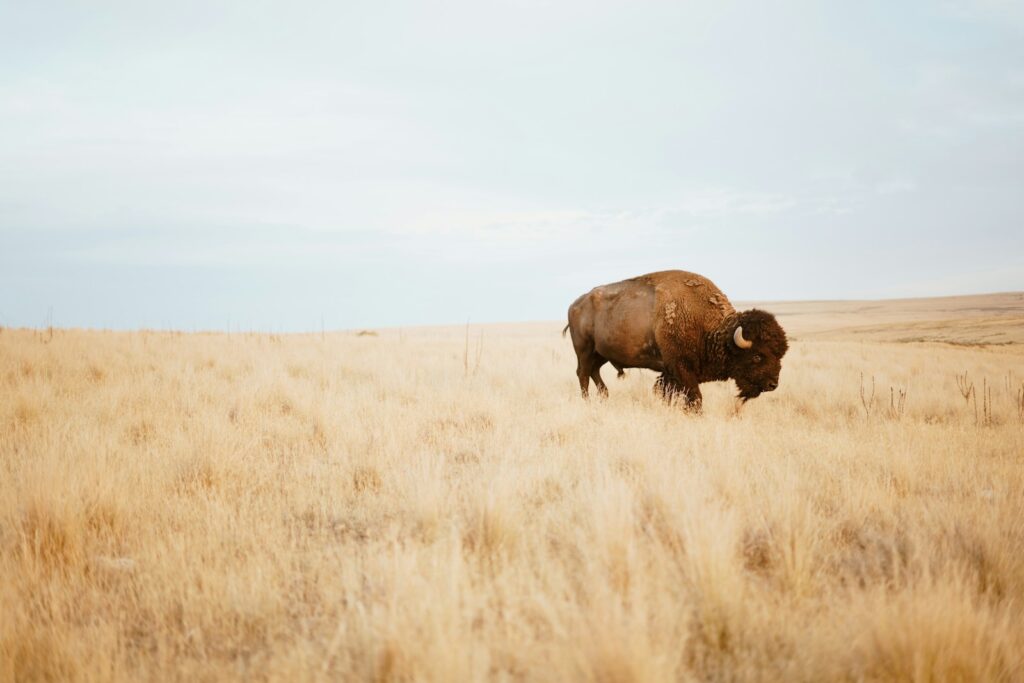
The earliest legal protections for bison emerged at the territorial and state level as the crisis became increasingly apparent. In 1864, Idaho Territory passed the first law protecting bison, though it proved largely ineffective given the lack of enforcement mechanisms. Wyoming Territory followed with protections in 1871, and later, in 1887, the Montana Territorial Legislature approved strict bison hunting regulations—though these came when wild populations had already collapsed to critical levels. These pioneering but ultimately insufficient state-level protections highlighted the need for federal intervention and coordination. Private citizens also played crucial early roles, with figures like William T. Hornaday and Theodore Roosevelt establishing the American Bison Society in 1905, creating an advocacy organization that would champion legal protections for decades. These early efforts, while unable to prevent the near-extinction, established important precedents for wildlife protection that would later prove vital.
The Yellowstone Game Protection Act of 1894
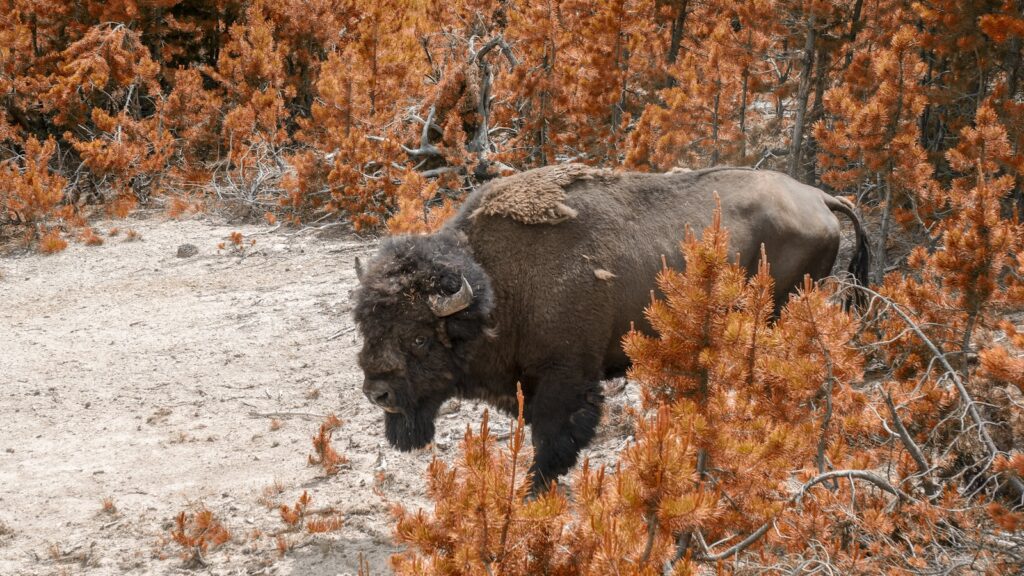
The Yellowstone Game Protection Act of 1894 represented a watershed moment for bison conservation by establishing federal penalties for poaching wildlife within Yellowstone National Park. This legislation came at a critical juncture when the park’s small bison herd—one of the last remaining wild populations—faced intense pressure from poachers and market hunters operating in the remote mountain areas. The act instituted fines of up to $1,000 (equivalent to over $30,000 today) and potential imprisonment for killing park wildlife, creating the first meaningful federal deterrent against bison poaching. Crucially, this law allowed for military enforcement within the park boundaries before the establishment of the National Park Service. Though the Yellowstone herd still numbered fewer than two dozen animals at the time, the protection afforded by this legislation created a sanctuary where the population could begin its slow recovery under government protection.
The Lacey Act of 1900: Stopping Interstate Wildlife Trafficking
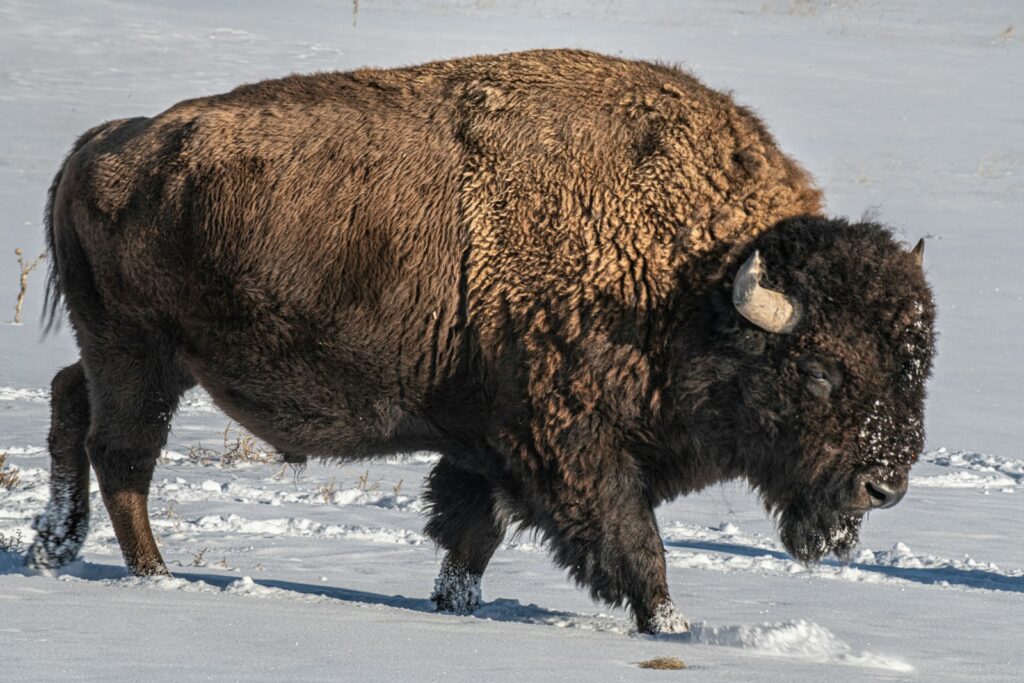
The Lacey Act of 1900 marked America’s first federal wildlife protection law and proved instrumental in bison conservation efforts by prohibiting interstate transport of illegally harvested wildlife. This groundbreaking legislation, championed by Iowa Congressman John Lacey, gave federal authorities powerful tools to prosecute wildlife traffickers who had previously exploited differences in state laws to continue commercial exploitation of vulnerable species. For the remaining bison populations, the Lacey Act’s provisions created a critical federal backstop against continued commercial hunting by eliminating profitable markets for illegally taken animals. The law also established important precedent for federal involvement in wildlife conservation—a revolutionary concept at a time when wildlife management was considered exclusively a state concern. By addressing the commercial drivers behind bison hunting, the Lacey Act helped create conditions where recovery efforts could begin to take hold.
The Creation of the National Bison Range (1908)
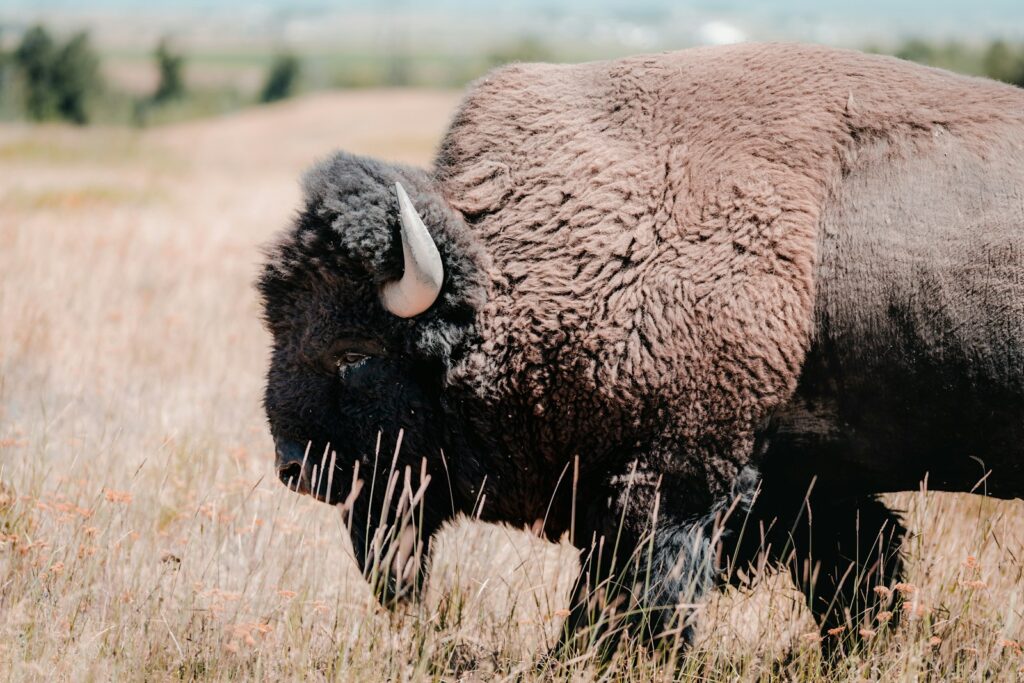
The establishment of the National Bison Range in 1908 marked the first federal land set aside specifically for wildlife conservation, creating a pivotal legal and physical sanctuary for the species. Located in Montana’s Mission Valley, this 18,500-acre refuge was purchased with $40,000 in congressional funds appropriated specifically for bison preservation—an unprecedented federal investment in a single wildlife species. President Theodore Roosevelt’s administration championed the range’s creation, working closely with the American Bison Society to select appropriate habitat and establish management protocols. The initial herd comprised 36 animals purchased from private conservationists, including specimens from the Pablo-Allard herd that represented some of the last pure plains bison. The National Bison Range’s establishment created not just a protected population but also a powerful precedent for federal wildlife refuges that would later expand into the National Wildlife Refuge System, benefiting countless species beyond bison.
The Wildlife Restoration Act of 1937 (Pittman-Robertson Act)
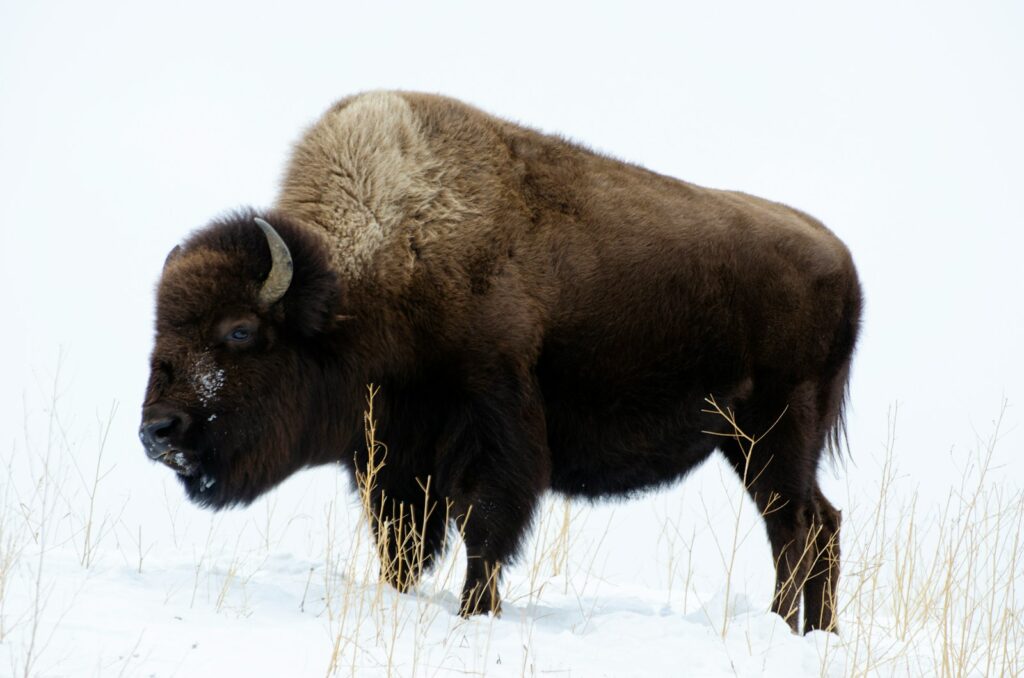
The Pittman-Robertson Federal Aid in Wildlife Restoration Act of 1937 revolutionized wildlife conservation funding in America, creating sustainable financial mechanisms that would prove essential for long-term bison recovery efforts. This innovative legislation directed federal excise taxes from firearms, ammunition, and archery equipment to state wildlife agencies for conservation projects, creating a reliable funding stream independent of annual congressional appropriations. For bison recovery specifically, Pittman-Robertson funds enabled states to conduct essential research, acquire habitat, and implement science-based management practices that would otherwise have been financially impossible. States including South Dakota, Utah, and Alaska eventually used these funds to establish or expand their own bison conservation programs, complementing federal efforts. The act’s user-pays, user-benefits model created a sustainable conservation funding framework that continues to generate over $1 billion annually for wildlife management, with bison recovery serving as one of its many success stories.
The Endangered Species Preservation Act of 1966
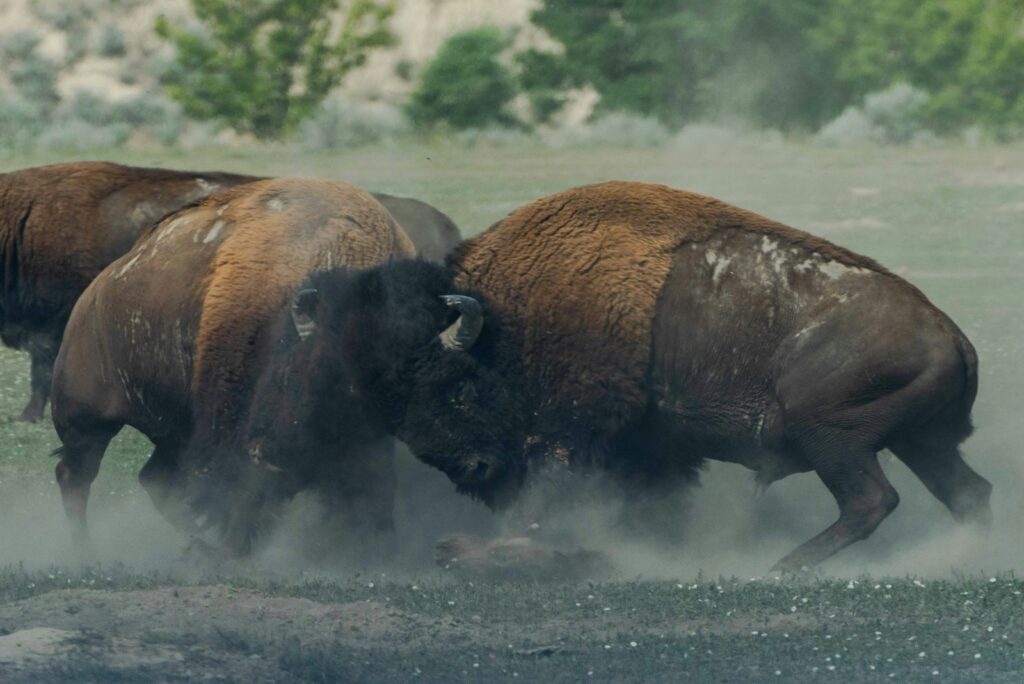
The Endangered Species Preservation Act of 1966 represented America’s first comprehensive endangered species legislation, authorizing the Secretary of the Interior to identify wildlife threatened with extinction and purchase habitat for their protection. Though bison had already begun recovery through earlier conservation efforts, this law established important new legal frameworks that would influence future bison management. The act directed the Department of Interior to evaluate wildlife population status, create recovery plans, and coordinate conservation efforts—principles that would become central to modern bison management across jurisdictions. It authorized land acquisition specifically for endangered species protection, which later expanded habitat available for bison reintroduction programs. While the wood bison subspecies (found primarily in Canada) would later receive protection under the stronger Endangered Species Act of 1973, the 1966 legislation established crucial precedents for science-based wildlife recovery programs that influenced bison conservation planning across North America.
The National Environmental Policy Act of 1969

The National Environmental Policy Act (NEPA) of 1969 created transformative procedures for environmental review that significantly benefited bison conservation efforts across federal lands. By requiring environmental impact statements for major federal actions, NEPA ensured that potential effects on bison populations would be scientifically assessed and publicly disclosed before decisions affecting their habitat could proceed. This procedural law gave conservation organizations powerful new tools to challenge agencies when bison conservation wasn’t adequately considered in land management decisions. For reintroduction efforts specifically, NEPA’s public participation requirements ensured local communities could engage meaningfully in bison restoration planning, building greater support for conservation initiatives. The act’s mandate for agencies to consider cumulative impacts also helped address landscape-scale threats to bison habitat that might otherwise have been evaluated in isolation, creating more holistic approaches to species management across jurisdictional boundaries.
The Endangered Species Act of 1973
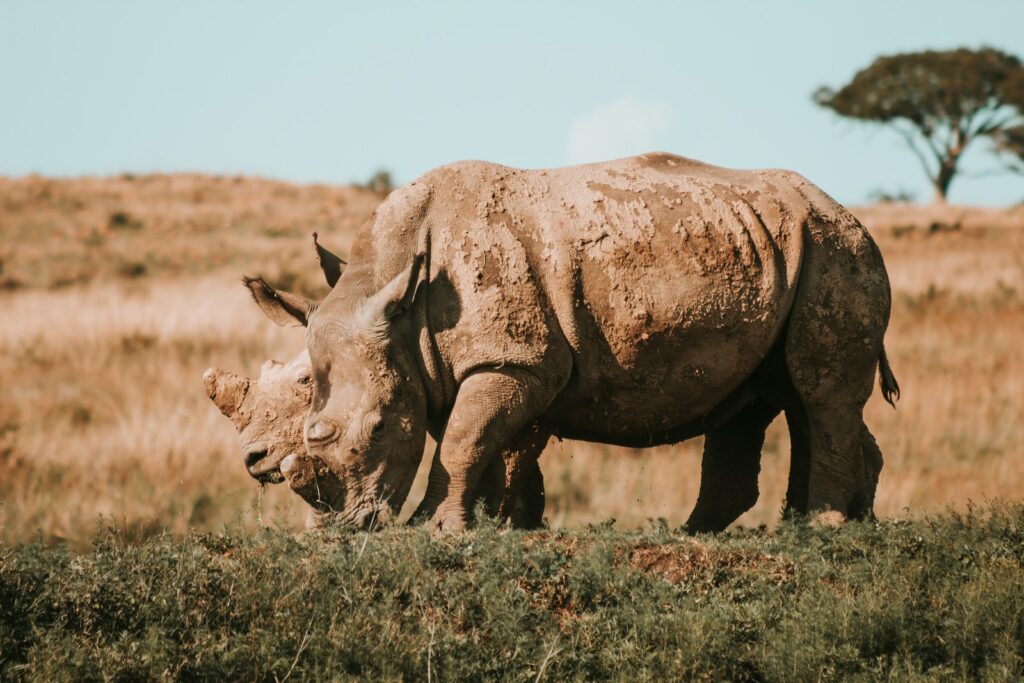
The Endangered Species Act (ESA) of 1973 represents America’s strongest wildlife protection law and played a significant role in bison conservation despite plains bison never being formally listed under the act. The ESA established powerful “no jeopardy” provisions preventing federal agencies from authorizing activities that would threaten listed species or their critical habitat. While most bison recovery was already underway before the ESA’s passage, the wood bison subspecies in Canada received protection under the act through international provisions, strengthening cross-border conservation efforts. More importantly, the ESA established rigorous scientific standards for wildlife recovery planning that influenced bison management practices even for non-listed populations. The act’s emphasis on preserving genetic diversity proved particularly important for bison conservation, where maintaining genetic purity from cattle introgression became a central management concern. The ESA’s existence also created a powerful incentive for proactive conservation measures for bison to prevent potential listing, which would have triggered significant regulatory restrictions.
Tribal Sovereignty and the Return of Bison to Indigenous Lands
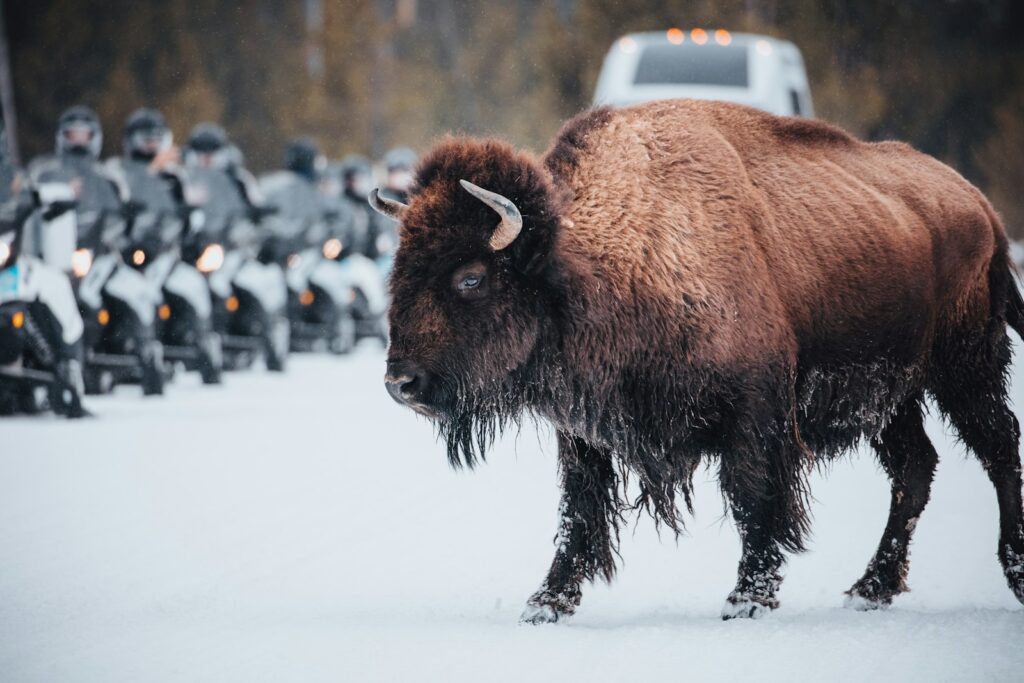
Federal recognition of tribal sovereignty created vital legal frameworks enabling Indigenous nations to establish some of North America’s most significant bison conservation programs. The Indian Self-Determination and Education Assistance Act of 1975 empowered tribes to contract with federal agencies to manage natural resources on their lands, creating opportunities for bison restoration aligned with Indigenous cultural values and traditional ecological knowledge. The InterTribal Buffalo Council, established in 1992, now coordinates bison conservation across 76 tribal nations that collectively manage over 20,000 animals—approximately one-fifth of all conservation herds in North America. These tribal programs often prioritize maintaining genetic purity and restoring the ecological and cultural relationships between bison and Indigenous peoples. Legal recognition of tribal authority to manage wildlife within reservation boundaries proved essential for these programs to flourish, with the Fort Peck Assiniboine and Sioux Tribes’ quarantine program for Yellowstone bison exemplifying how tribal sovereignty enables innovative conservation approaches that might face insurmountable regulatory hurdles elsewhere.
The National Bison Legacy Act of 2016
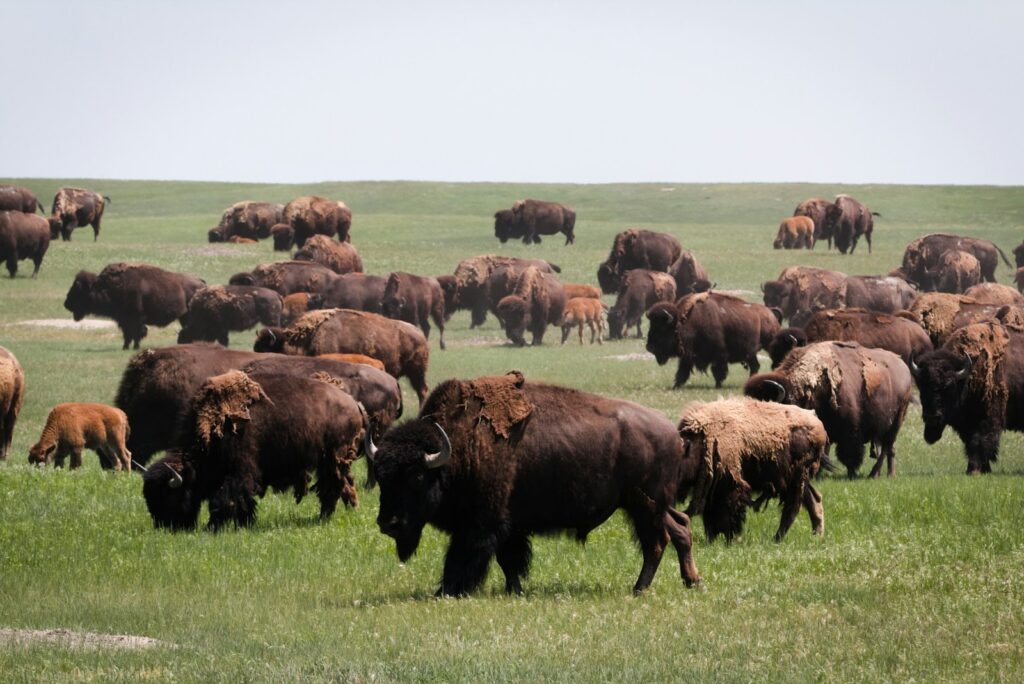
The National Bison Legacy Act of 2016 officially designated the American bison as the United States’ national mammal, creating powerful symbolic recognition of the species’ ecological and cultural significance. This bipartisan legislation, signed by President Barack Obama, formally acknowledged the bison’s unique role in American history, from its importance to Indigenous cultures to its central place in western expansion and subsequent conservation movement. While primarily symbolic, the designation elevated public awareness about bison conservation needs and created new educational opportunities about the species’ remarkable recovery. The legislative process itself brought together diverse stakeholders—from tribal nations to ranchers to conservation organizations—building broader coalitions to support bison restoration efforts. The act represented formal federal recognition of the bison’s remarkable journey from the brink of extinction to a conservation success story, highlighting both past achievements and ongoing needs for habitat protection and genetic management.
The Ongoing Challenge: Managing Bison as Wildlife
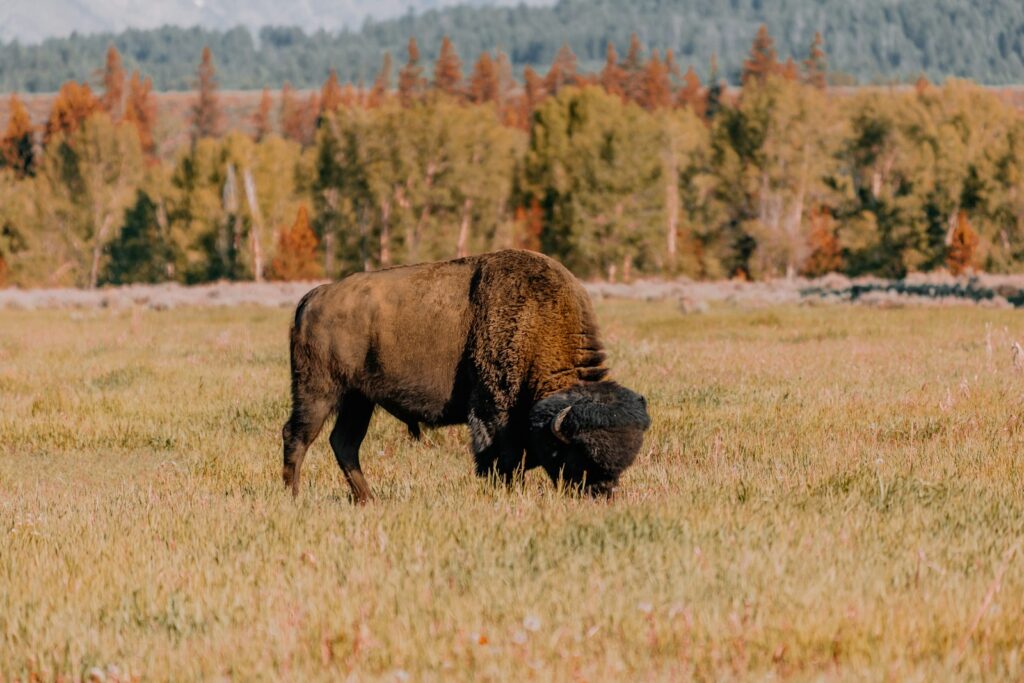
Despite significant legal protections, managing bison as wildlife rather than livestock remains an unresolved challenge with complex legal dimensions across jurisdictions. State wildlife laws often categorize bison as livestock rather than wildlife, creating regulatory approaches that prioritize agricultural considerations over ecological functions. This classification presents particular challenges for Yellowstone bison, which face lethal removal when migrating outside park boundaries due to concerns about brucellosis transmission to cattle—despite limited scientific evidence of actual transmission risk. Conservation organizations have repeatedly challenged these management practices through litigation, arguing agencies are failing to fulfill their wildlife conservation mandates. Recent legal victories, including a 2022 court decision requiring the U.S. Fish and Wildlife Service to reconsider ESA protections for Yellowstone bison, highlight the ongoing evolution of legal frameworks governing bison. State-level legislatures continue debating bills that would reclassify bison as wildlife in more contexts, potentially creating more ecologically aligned management approaches for the species.
Future Horizons: Emerging Legal Frameworks for Bison Conservation

Emerging legal trends suggest bison conservation will increasingly focus on ecosystem-scale restoration and genetic management through innovative legal mechanisms. Conservation easements, which restrict development rights on private lands, are creating wildlife corridors between fragmented bison populations, addressing a key recovery limitation. New genetic management protocols, legally formalized through memoranda of understanding between managing agencies, are prioritizing maintenance of bison’s evolutionary potential by preserving genetic diversity and minimizing cattle gene introgression. The Department of Interior’s Bison Conservation Initiative, launched in 2020, established a formal commitment to manage departmental bison resources cooperatively across agency boundaries—addressing previous jurisdictional complications. Indigenous legal frameworks are gaining recognition in conservation planning, with tribal treaty rights increasingly acknowledged in federal bison management decisions. Climate change adaptation laws also increasingly recognize bison’s role in creating climate-resilient grasslands through their grazing patterns, potentially creating new legal pathways for restoration efforts justified partially on climate resilience grounds.
Lessons Learned: A Model for Endangered Species Recovery

The legal framework that rescued bison from extinction offers valuable lessons for modern conservation challenges facing other endangered species. The bison’s recovery demonstrates how multi-jurisdictional approaches combining federal, state, tribal, and private efforts can succeed where single-agency approaches might fail—a model now applied to species like wolves and condors. The bison experience highlights the importance of addressing not just direct threats like hunting but also habitat protection and genetic management, principles now integrated into modern recovery planning. Perhaps most importantly, bison conservation showcased how public-private partnerships can leverage each sector’s strengths, with private ranchers maintaining important conservation herds while public lands provide core habitat. The recovery timeline also illustrates the need for patience in wildlife conservation—meaningful population restoration took decades, not years. As climate change and habitat fragmentation threaten more species, the legal frameworks pioneered through bison conservation provide tested templates for comprehensive protection strategies that can bring wildlife back from the brink of extinction.
Conclusion
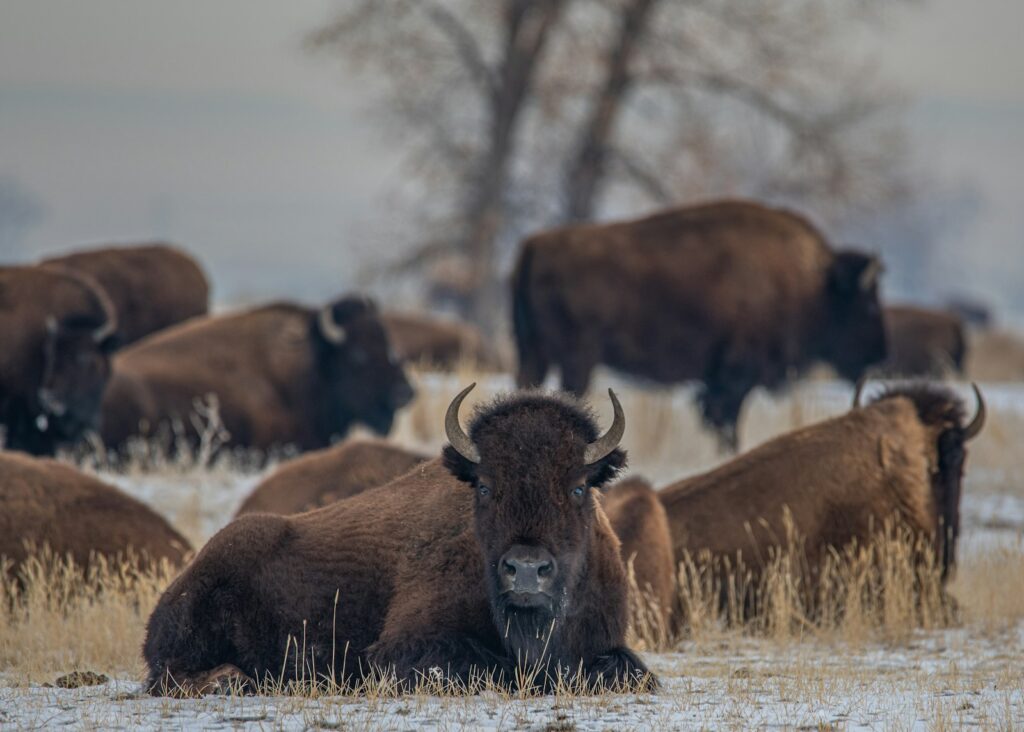
The remarkable recovery of the American bison from fewer than 1,000 animals to today’s population of roughly half a million stands as one of conservation’s greatest achievements. This success story wasn’t accidental but resulted from deliberate legal protections that evolved over more than a century. From the earliest territorial protections to contemporary genetic management frameworks, each legal innovation addressed specific challenges facing bison recovery. The species’ journey from the edge of extinction to its current status as America’s national mammal demonstrates how effective legal frameworks, combined with scientific management and public support, can reverse even the most dramatic wildlife declines. While challenges remain in managing bison as truly wild animals across their former range, the legal foundation established through decades of conservation efforts ensures this iconic species will continue to thunder across North American landscapes for generations to come.

